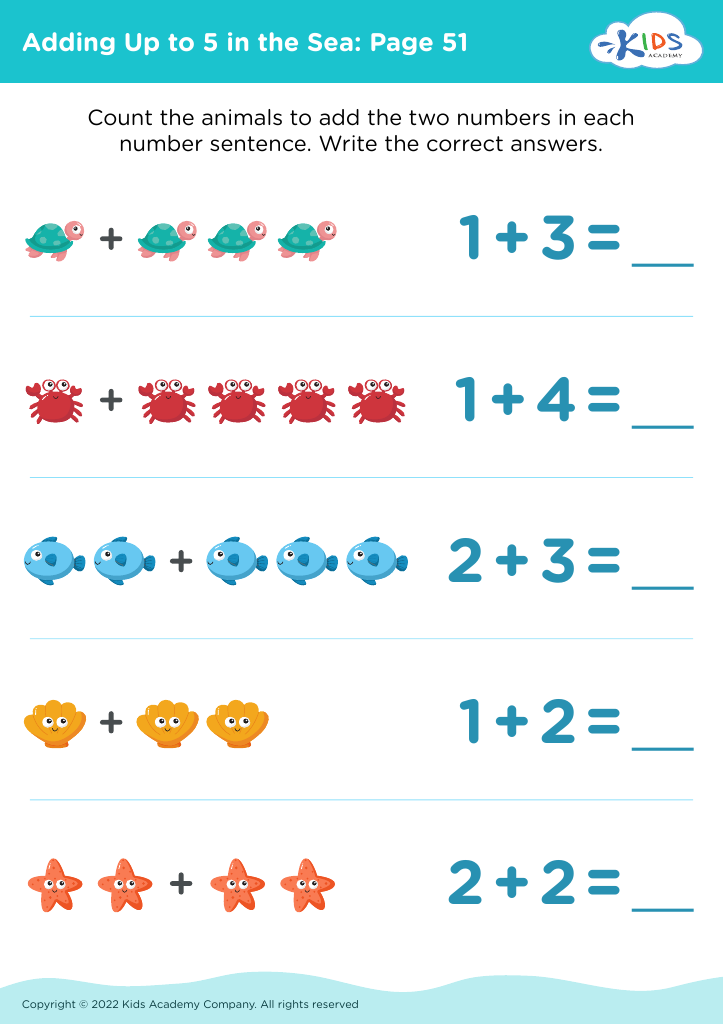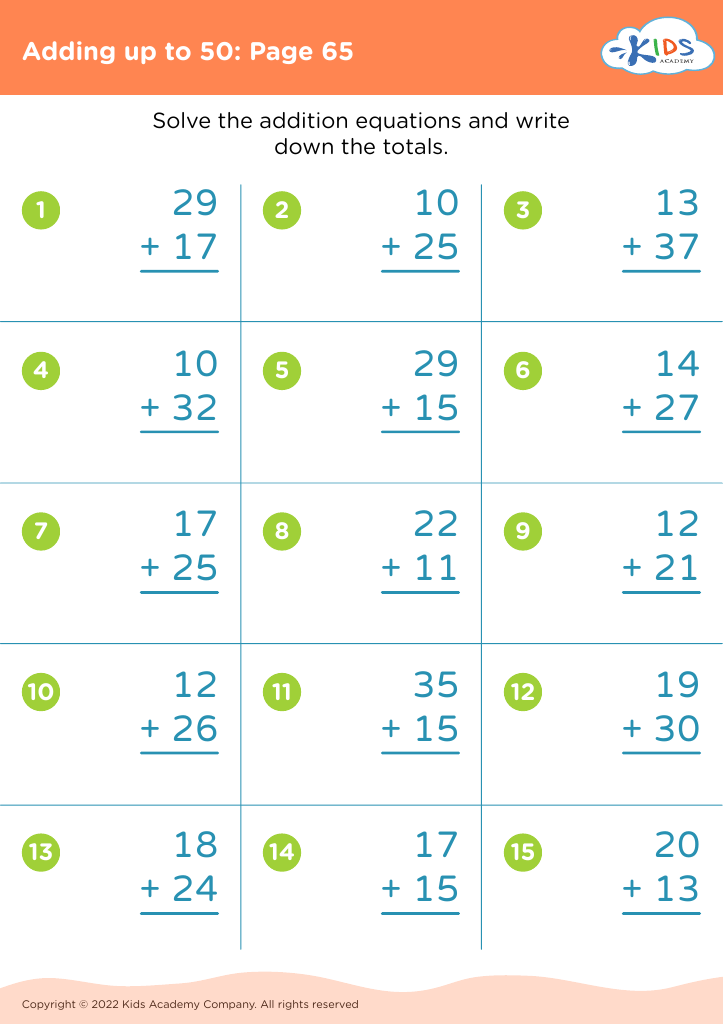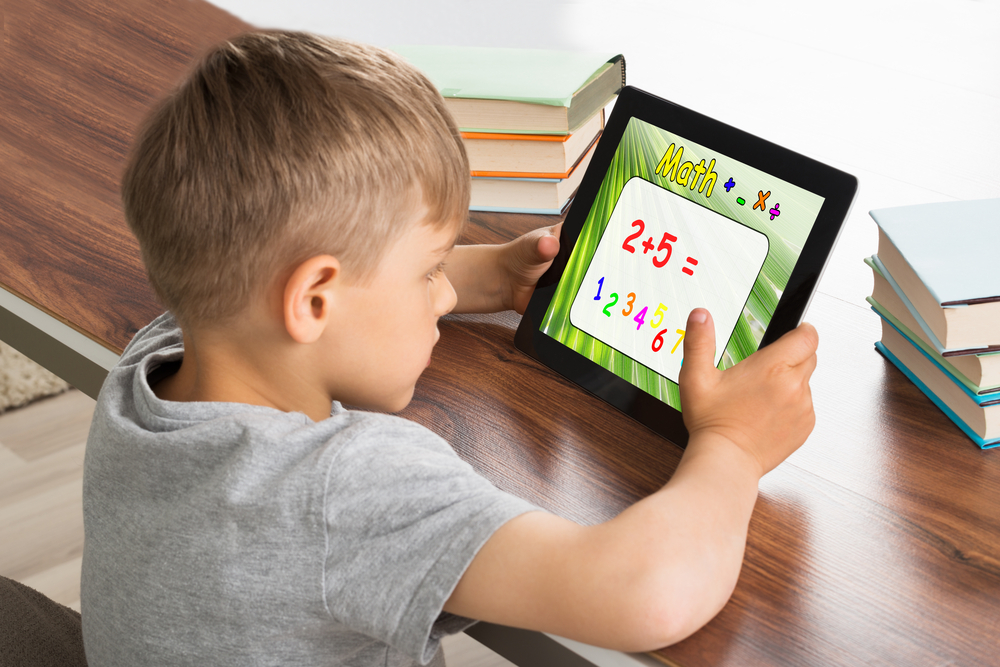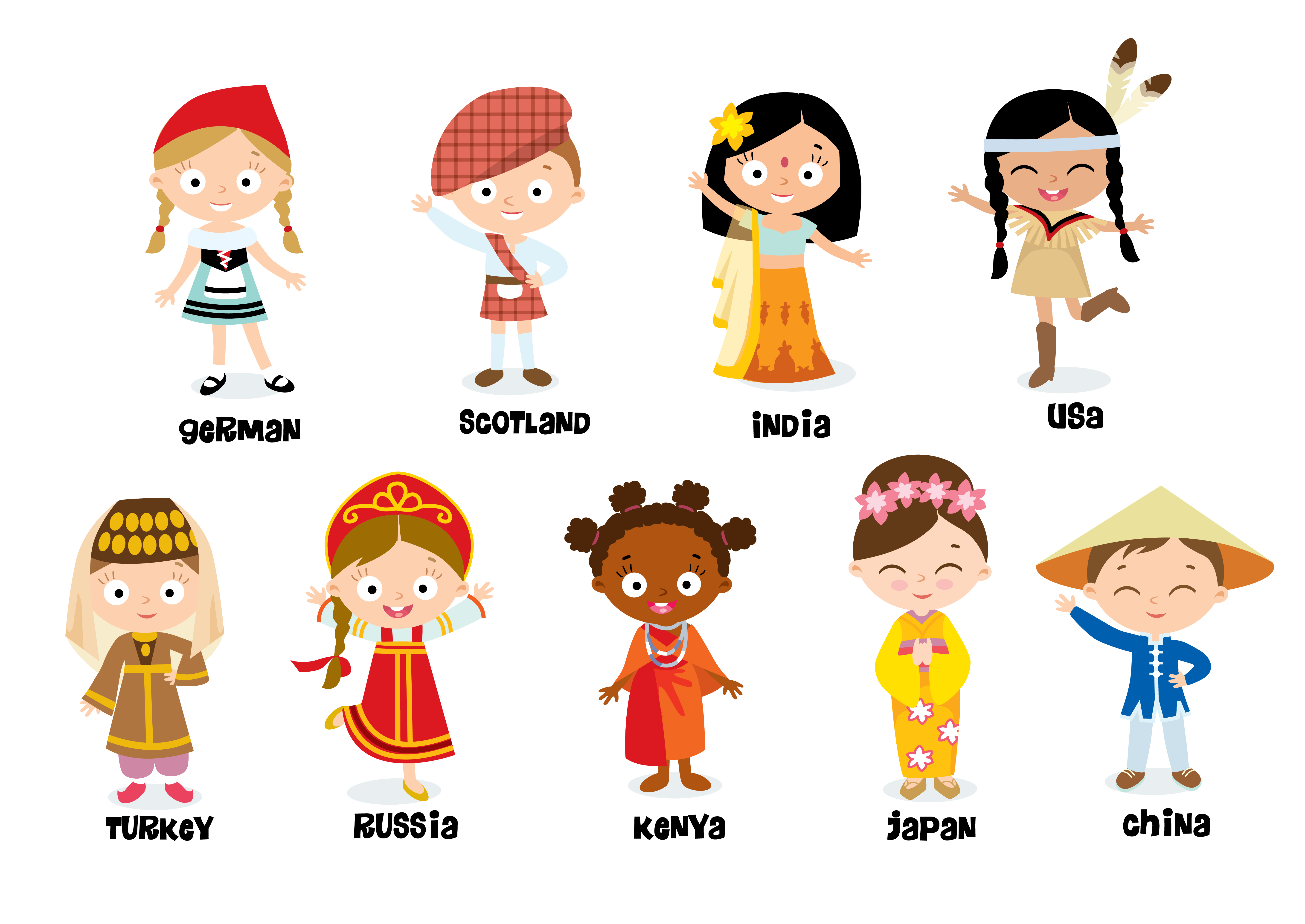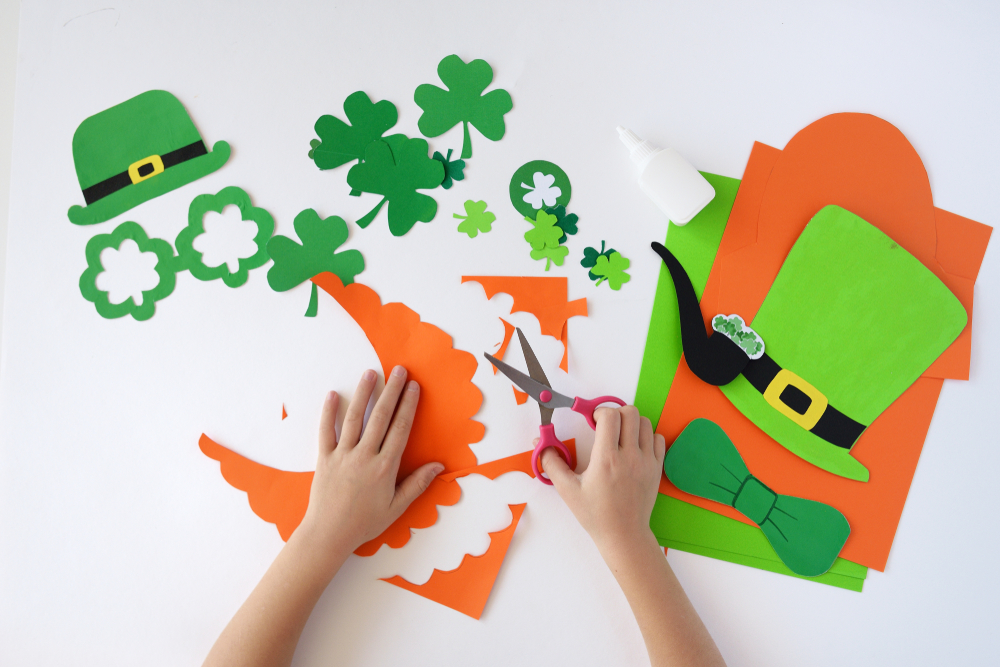Understanding number relationships Math Worksheets for Ages 3-8
9 filtered results
-
From - To
Discover our engaging "Understanding Number Relationships" math worksheets designed for children ages 3-8. These beautifully crafted resources help young learners grasp essential math concepts through fun and interactive activities. From counting and comparing numbers to recognizing patterns and relationships, our worksheets foster critical thinking and foundational math skills. Perfect for both classroom and home use, they cater to varying skill levels, ensuring every child finds just the right challenge. Unlock your child's potential and make learning an exciting adventure with our comprehensive and colorful worksheets. Visit now to explore endless possibilities for numerical understanding!


10 Tens Make 1 Hundred Worksheet
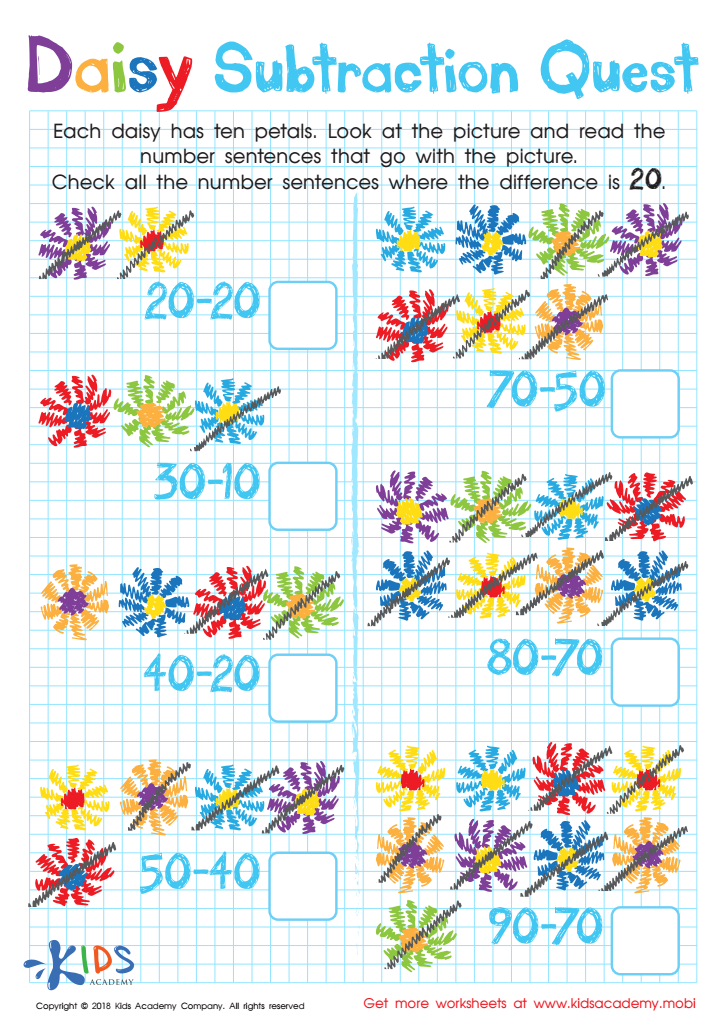

Daisy Subtraction Quest Worksheet
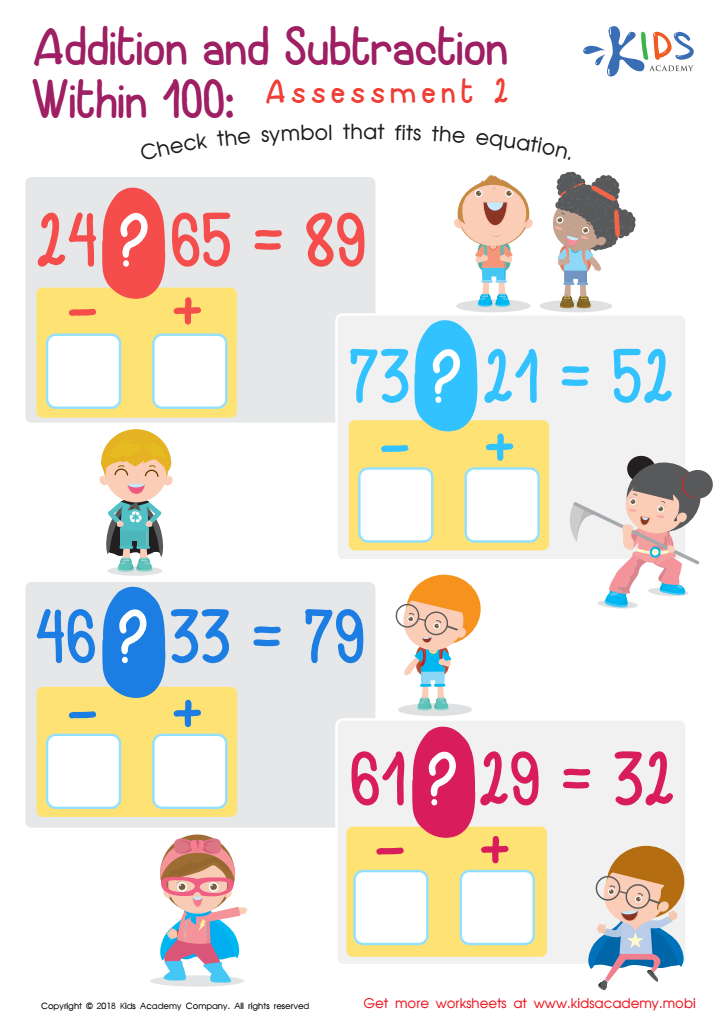

Addition and Subtraction Within 1: Assessment 2 Worksheet
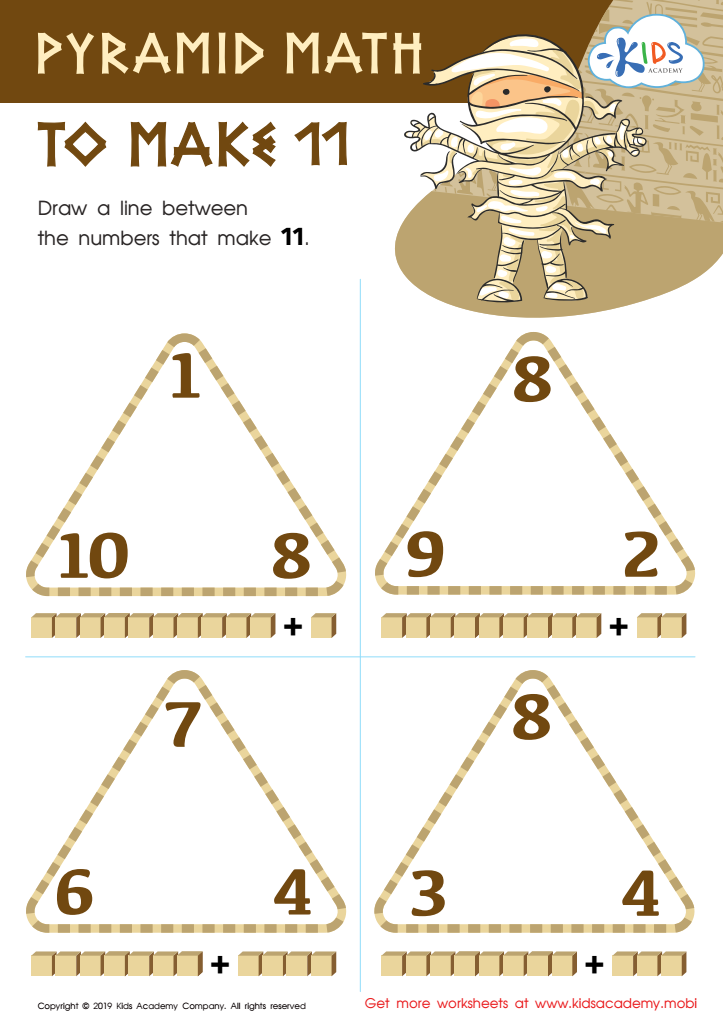

Pyramid Math to Make 11 Worksheet
Understanding number relationships is crucial for children aged 3-8 as it lays the foundation for all future math learning. At this formative stage, youngsters are capable of developing a solid grasp of basic numeracy concepts, which will significantly impact their academic trajectory. When parents and teachers prioritize these skills, children not only learn to count but also begin to comprehend how numbers interact—such as through addition, subtraction, comparison, and understanding quantities.
Fostering number relationships helps children in problem-solving and logical thinking. It equips them with the ability to make sense of patterns, sequences, and structures, which are essential skills across all areas of math and science. Additionally, early mastery of number relationships enhances confidence and reduces math anxiety, paving the way for a positive attitude towards learning math in later years.
Moreover, math skills are interlinked with other essential areas of development, including language, attention to detail, and motor skills like handling objects. Engaging young minds with fun, interactive activities around number relationships cultivates a vicinity of curiosity and exploration.
In summary, understanding number relationships from a young age bolsters critical cognitive skills, nurtures holistic development, and builds a strong mathematical foundation vital for academic and everyday success.
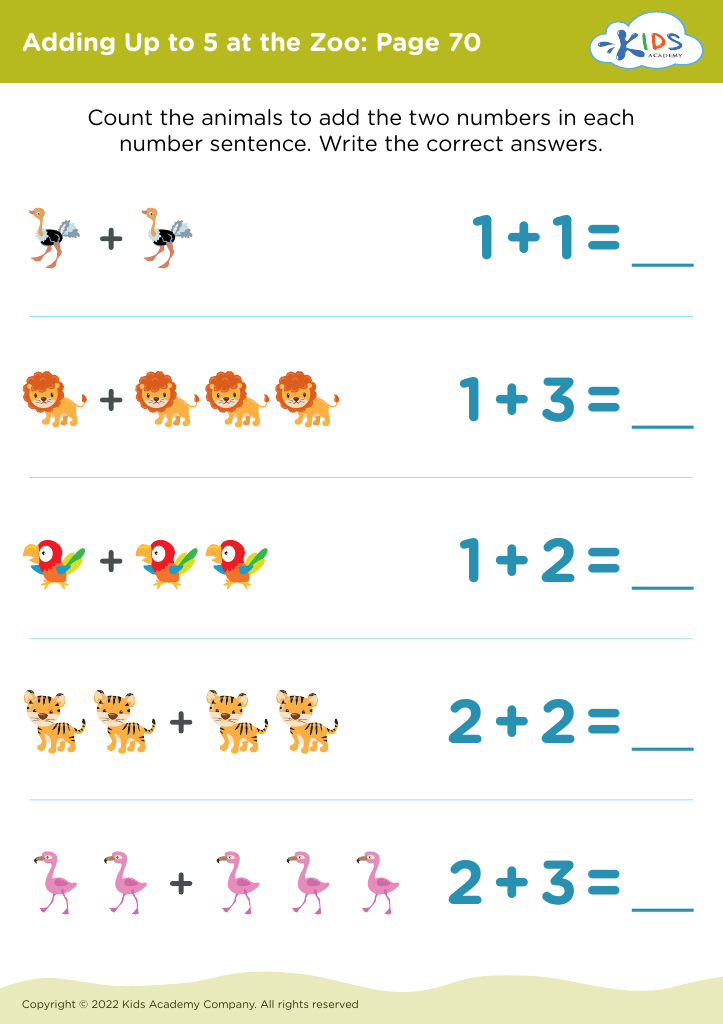

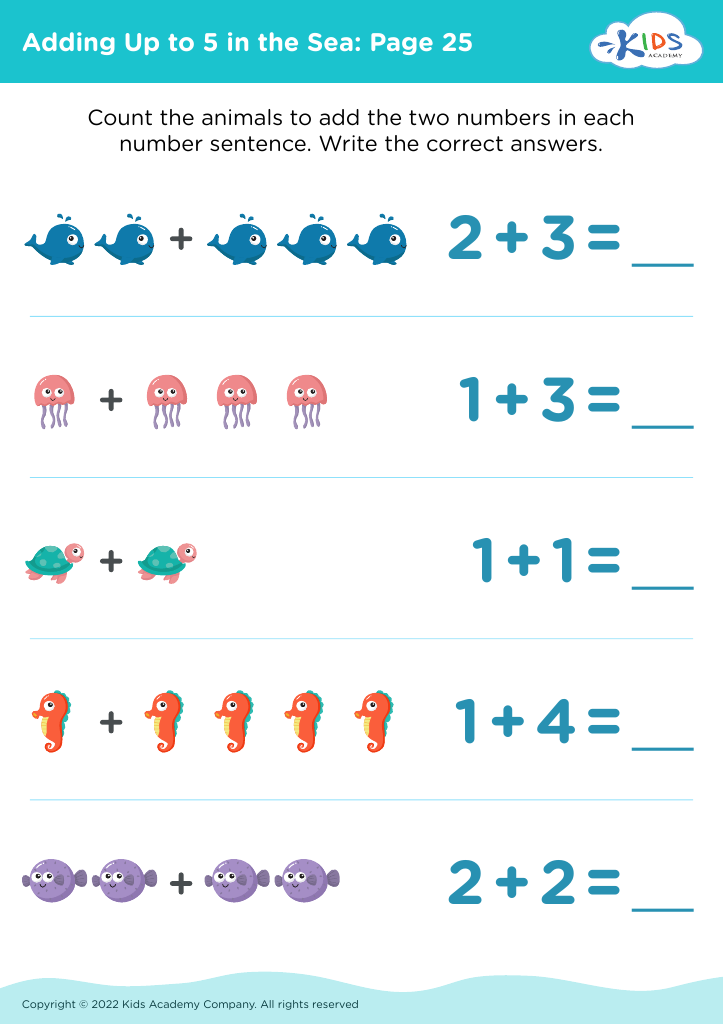
 Assign to My Students
Assign to My Students
